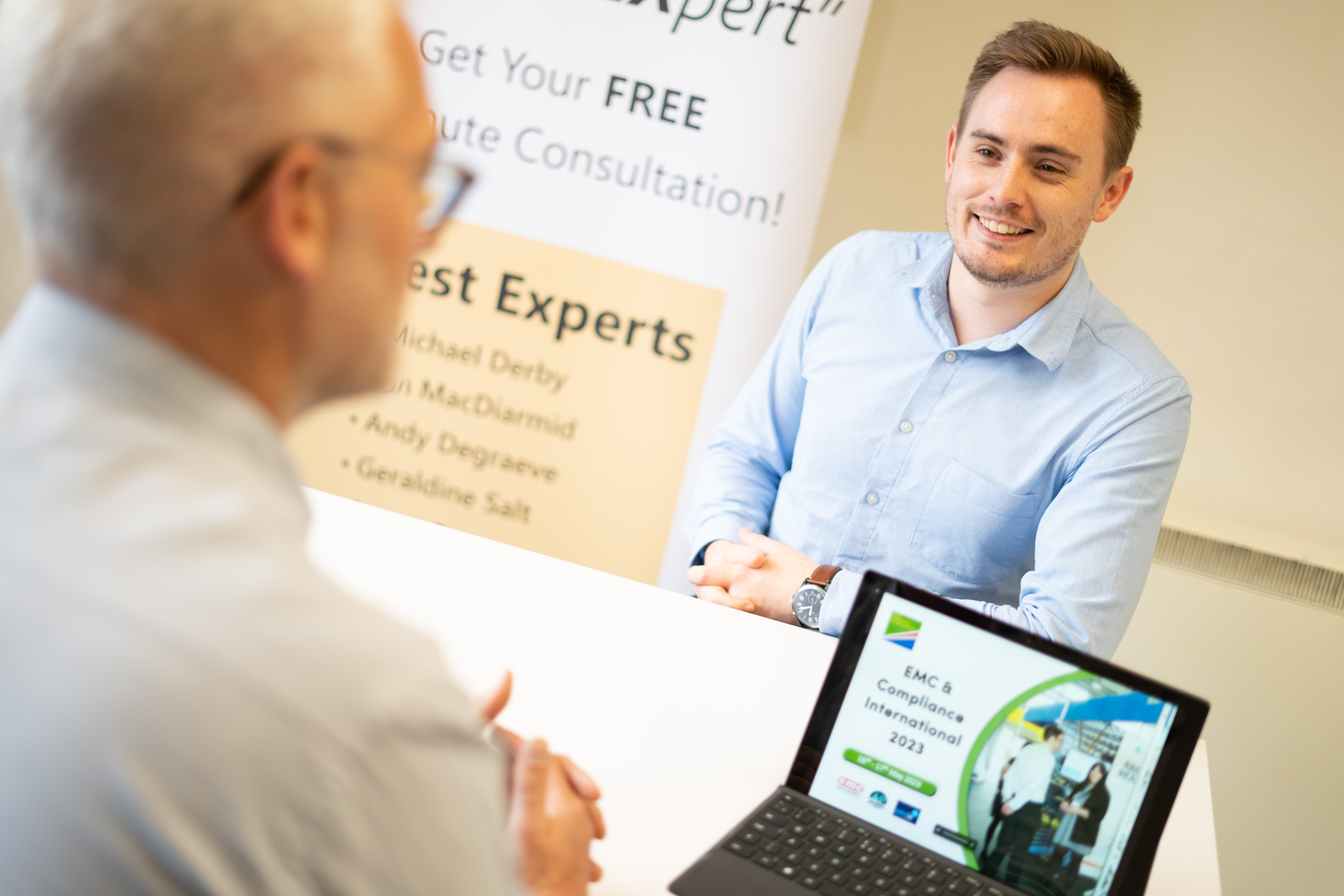The UK's Leading EMC Trade Show
EMC and Compliance International, is the UK's leading independent trade show focused on all aspects of electromagnetic compatibility (EMC) and compliance, with exhibitors from across sectors including electronics, electrical, industrial, aerospace, medical, military and more. The show will provide access to expertise on new EMC directives, components, test techniques and equipment and the latest EMC modelling. The show also features two days of training and conference sessions delivered by world-renowned EMC experts.
Events Schedule

Ground Floor - Exhibition
The FREE exhibition features approximately 50 companies, with experts available to share advice on things such as new EMC directives, components, test techniques, test equipment and the latest EMC Modelling software. There are also organised demonstrations and a keynote presentation on each day
First Floor - Training and Conference
A full programme of EMC Training courses and Conference sessions is provided.
Key Figures
6
Conference Themes
18
Expert Speakers
6
Training Sessions
2
Keynote Speakers
Looking to attend this year's event?
Interested in exhibiting?
Enter your details below and we'll call you back.
Interested in Exhibiting for 2024?
EMC & Compliance International will return to Newbury Racecourse in 2024. The show remains an independent event and, through its link with EMC Standards, will have a more global promotion activity.
You can book a stand online or contact us at info@emcandci.com





